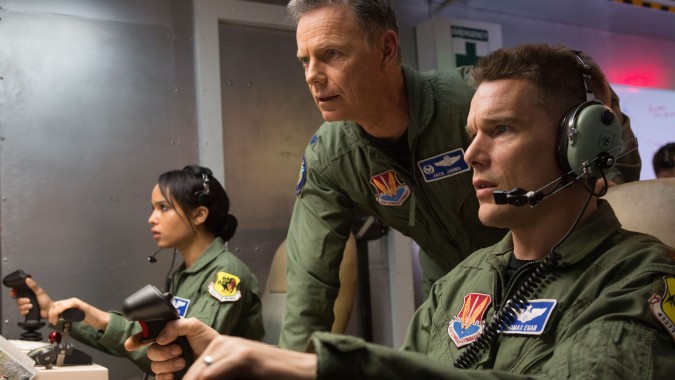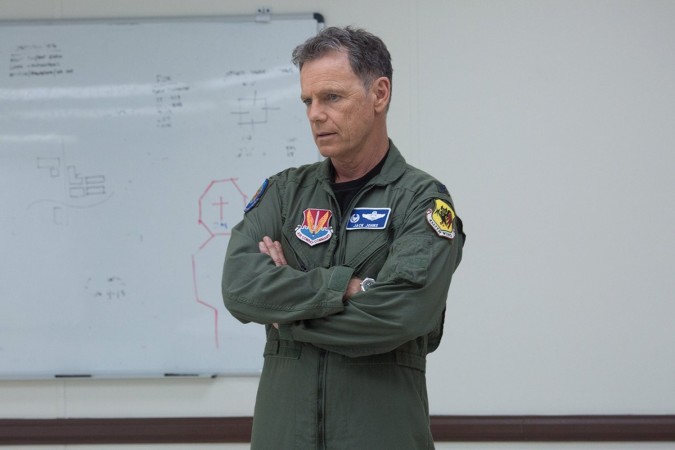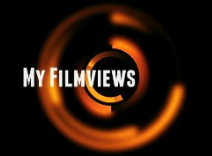
At first glance it seem easy to describe what we experience as reality. But if you think some more about it, you may wonder whether it’s really that simple. Of course when you are outside or walking around your home everything you see is real, what you see is actually there.
But what if you’re reading a book? That book is real, but when you read the text your brains is forming images. If you immerse yourself in a book everything around you disappears. The same is true if you are watching a movie or playing a game. The moment you’re engaged by it then that’s your reality, even if you are able to distinguished it as something that is created afterwards. Yet that line is becoming less clear, with the advent of ever more realistic graphics and of course the various VR systems. I myself already notice that with some games I have issues executing specific actions because some of it looks or at least feels so real. So it isn’t a big step to be able to empathize with the job of a drone pilot, as in Good Kill.

Ethan Hawke is Major Thomas Egan, who for years has been a pilot in the Air Force, but now pilots, together with a team, a drone in the Middle East. He does so however from a command center on the outskirts of Las Vegas. It means that at the end of his working day he steps into his car in order to pick up the kids and go home. He misses sitting in a real plane and finds it hard hearing how new soldiers are told that some of them were chosen because they were so good on their Playstation games. The direct connection with the reality of his job, the fear that you could be shot, has disappeared. If a drone is shot down a new one is airborne. It’s something he really struggles with.
When his team will has to work under the guidance of the CIA it becomes even more difficult. No longer are targets bombed based on direct information, but according to certain patterns (such as the places where someone goes). The voice on the other end of the telephone is clear and gives orders which not only Thomas, but also new recruit Vera Suarez ( Zoe Kravitz ) struggles with. They must, after a succesful bomb attack, have to drop another bomb on the people who are searching through the rubble. Thomas becomes disillusioned, starts to drink more and begins to wonder whether he still is in a position he wants to be in. Doesn’t this make him the bad guy?
From a military point the use of drones is of course logical. The unmanned aircraft are a tenth of the price of an F-22, can be controlled from all over the world and if one crashes it does not kill the pilot. But Good Kill also shows that this approach has major drawbacks. It not only has a lot of mental impact on the pilots, but also on the people in the areas where they are deployed. The question is raised whether by using them you might be fueling negative feelings which can indirectly would give an individual a reason to join a terrorist group.
Pressing a button on this side of the world has major consequences on the other side, these are literally and figuratively human lives which are destroyed. Thanks to the excellent cast you feel that impact. Several times Thomas is shown in aerial images, as if a drone keeps an eye on him and could take him out any moment. It also makes the viewer think about the medium of film, because you watch from the sidelines, like a drone, looking into the lives of several characters. The fact that something is shown on a screen doesn’t make it any less real. At that moment it is our reality and I wonder if in certain cases that also has an effect on us.


![]()

Pingback: Eye in the Sky (2016) – Review | My Filmviews